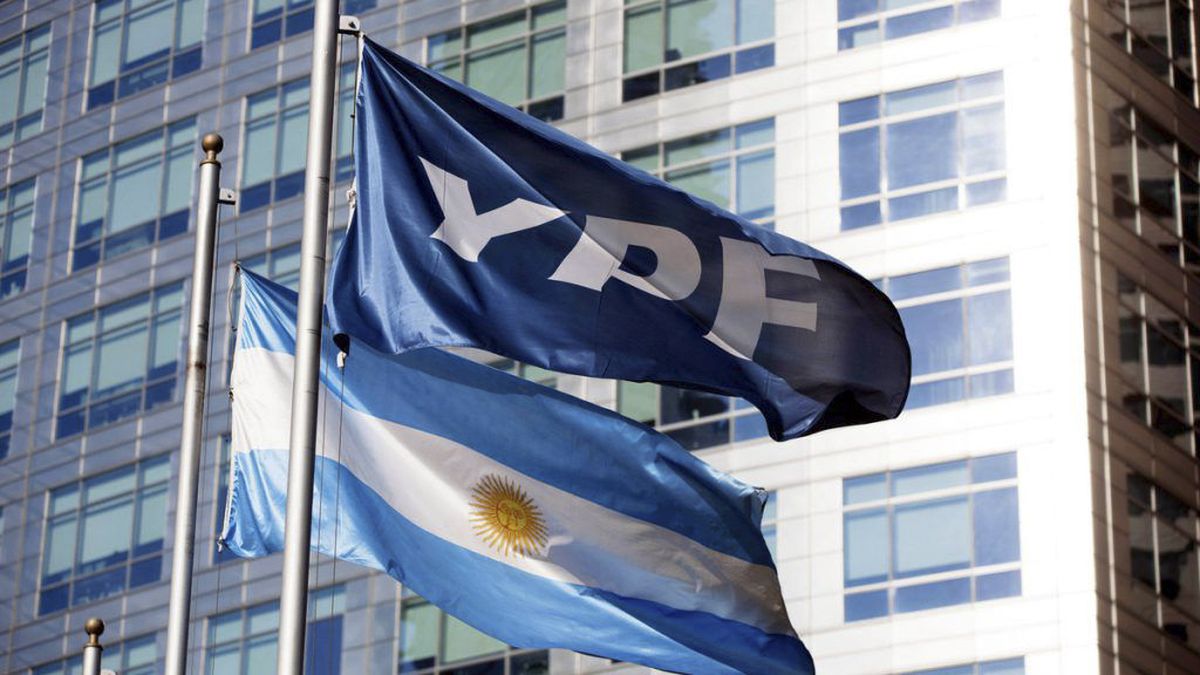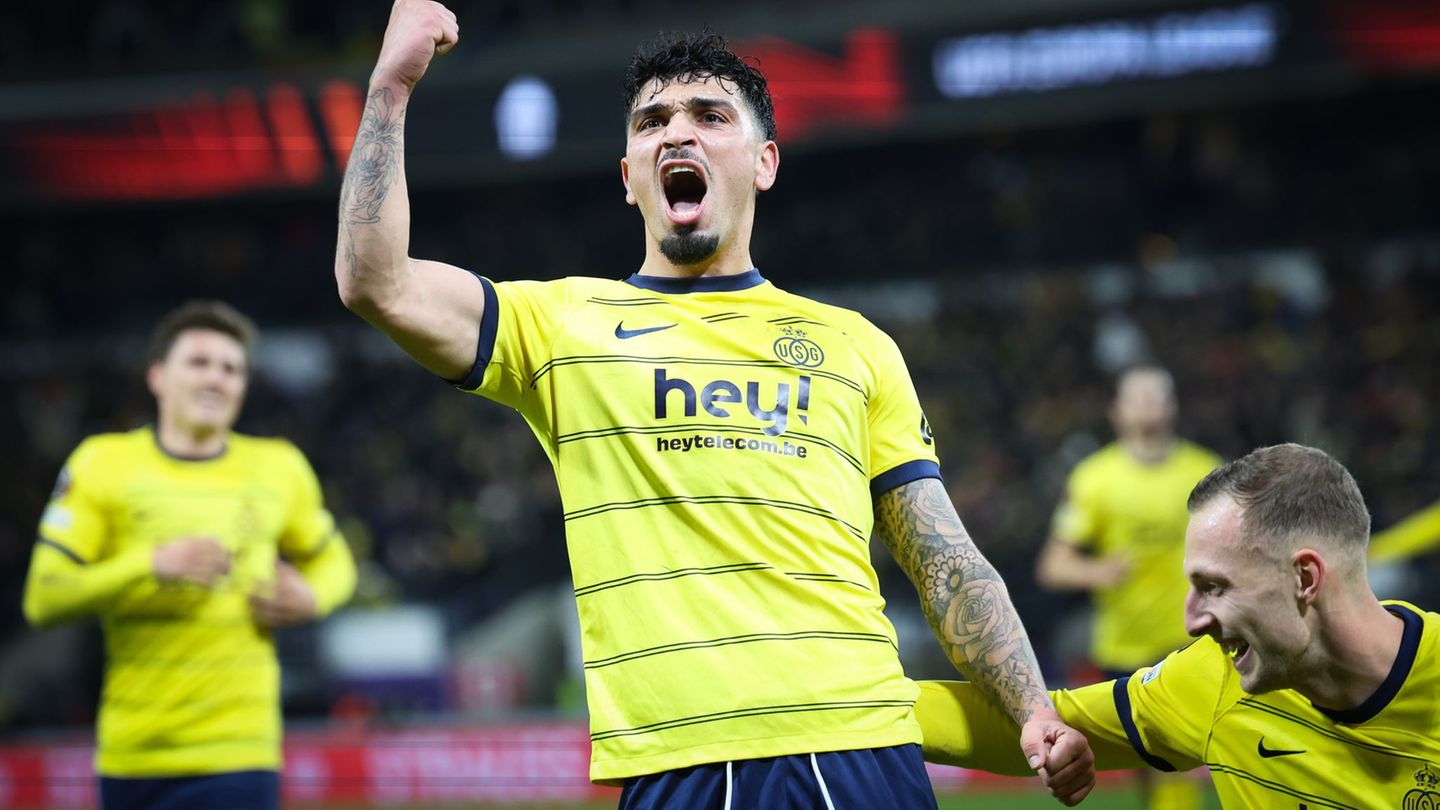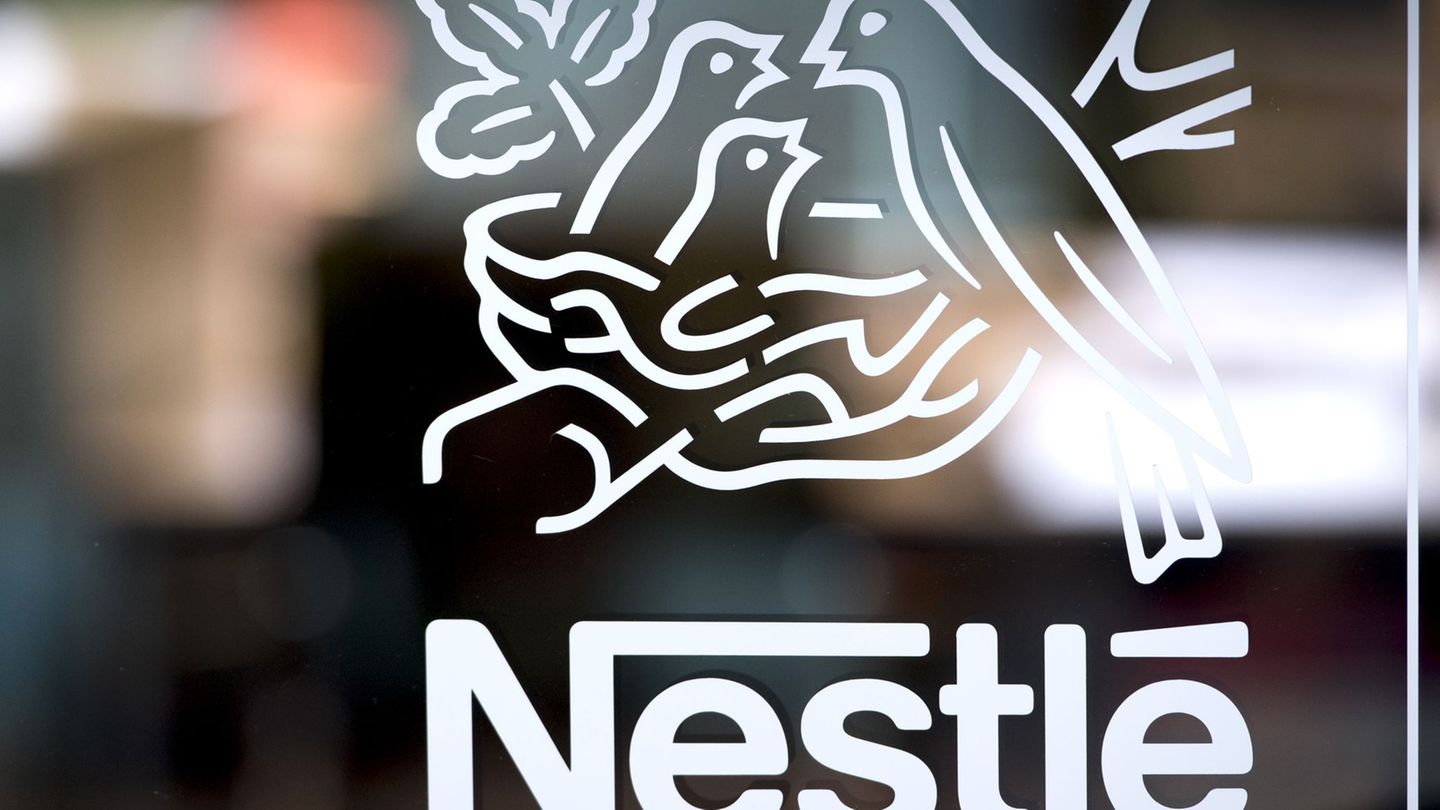The judge of the Second Southern District of Manhattan, Loretta Preska, ruled against the nation state in the trial being processed in the United States for the renationalization of YPF and ordered to pay an indemnity that could reach up to almost US$20,000 million.
According to the sentence revealed this Friday, Preska exempted YPF from responsibility in the expropriation of 51% of the shares of the oil company in 2012, under the government of Cristina Fernández de Kirchner, but blamed the maneuver on the national state. Now, Argentina has two judicial instances left to appeal this resolution, although it must also deposit a million-dollar guarantee as the losing actor in the litigation. The amount claimed by the litigating funds ranges between US$8.5 billion and reaches up to US$19.8 billion. But those amounts are not final.
Loretta Preska.jpg
“The plaintiffs were holders of YPF securities at the necessary times and, therefore, have enforceable contractual rights against the Republic” and a “summary judgment against the Republic for their claims for breach of contract,” said the magistrate in her failed.
The winners of the lawsuit are the funds Burford Capital and Eton Parkwho bought the right to litigate against YPF and Argentina from a group of former shareholders of the oil company at the time of nationalization.
His main argument in the case was that the government of Cristina Fernandez Kirchner broke YPF’s concession contract, did not launch a takeover bid for all the shares to minority partners and expropriated the 51% of the hydrocarbons and renewable energy company.
Moreover, the lawsuit began with the former minority shareholders of YPF, after the Argentine State paid the Spanish company Repsol -which controlled the oil company- US$5,000 million as compensation for the “renationalization” of the company.
What did they say in YPF after learning of the ruling
The first reading that they did in the company is that it is a “positive” ruling for YPF because the judge recognizes that the company had no responsibility in the expropriation and that it is not a guarantor of the national State. In this way, the assets of the energy company are out of risk or embargo. But also, although it condemns Argentina, Preska also failed to uphold all of the plaintiff funds’ legal claims.
“The Court agrees that the takeover bid price the Republic would have been required to offer if the Republic complied with the Statutes is the appropriate measure of plaintiffs’ compensatory damages,” the judge wrote, and but added that “because the date on which Republica activated its takeover bid obligation cannot be identified, it cannot determine the date of counterfactual notification and, therefore, cannot quantify the compensatory damages of the claimants.”
How much will Argentina have to pay?
According to financial legal analyst Sebastian Marilwhat happens is that Preska cannot accurately determine how much the compensation will cost the national State, because he does not know when Argentina took control of the YPF shares: if in the expropriation of 2012 or when he paid the US$5,000 million to the Spanish company Repsol in 2014. Knowing that is recognizing when the official launch of the offer to relegated shareholders should have been.
However, the judge established a formula to calculate the date. The amount that Argentina must pay will depend on this formula. Today YPF is worth US$8,576 million, according to its listing on the New York Stock Exchange.
It is ruled out that Argentina, through the Treasury attorney, will reserve the right to appeal before the New York Chamber or even reach the Supreme Court of Justice of the United States. None of these instances guarantee the country success in the cause; but they will give him essential time to rearm the judicial strategy and perhaps up to two years until he arrives at diagramming a payment schedule. The final amount, for now, is unknown.
Who are the Burford Fund
The main plaintiff in the case is the burford vulture backgroundwhich is about to close the best deal in its history. As revealed by Scope long ago, orOriginally, the fund specialized in litigating in the world in cases such as the YPF, had bought 70% of the case; and currently holds 30%, having placed the rest of the cause with private investors (in principle about 10 mutual funds). The 40% that he had already sold was placed at different times during the progress of the case and as the current moment approached, its price increased, granting it to Burford (a specialist in managing the times of supply and demand of the cases that he is litigating ), extraordinary earnings.
Burford claims for the alleged damages that Repsol’s payment to the Spaniards caused to the remaining 49% of the oil company’s shareholders, after the nationalization of 2012. That money would go, in part (some US$1,000 million of the US$3,000 million required) to the coffers of the Burford fund. It is still a mystery (although there are all kinds of suspicions) about who owns the rights to the other millions of dollars that the country will have to liquidate. Some of these speculations speak of strong (and very serious) local political ties of the owners of the shares that claim the rights to that money.
The lawsuit was initiated for the expropriation of the majority of the shares of the oil company, but on behalf of the Spanish companies Petersen Energía and Petersen Inversora, two companies today bankrupt, opened by the Petersen Group in the days when it was a partner for 25% of YPF and since former president Néstor Kirchner made them enter as part of the oil company. The Petersen Group today is completely out of the claim and the rights to collect, a situation that has been judicially clarified in the Spanish courts and recognized by the Burfords themselves, who gave up claiming Petersen. The big mystery, for now, in this mega-case is who Burford’s partner in the claims is. This person (or persons) or companies will receive, with Argentina’s defeat in court, billions of dollars that the country will have to pay.
To add mystery to the cause, in June 2020 Burford announced to its shareholders the sale of 15% of the trial for US$66 million. In that operation, the English capital fund specializing in suing after failed renationalisations, the valuation applied to the case was US$440 million, instead of the US$3,000 claimed in the United States courts.
Burford is not a specialist in financial investments (much less in the energy or oil world), but his specialty is mega-trials for million-dollar lawsuits, in general, to bankrupt companies or bankrupt companies that have previous undefined lawsuits and that need cash to face your closure or contest.
The case is based on Burford’s claim for the way in which the oil company was nationalized without making a Takeover Offer (OPA), as it appeared in the statute defined in 1993 during the privatization promoted by the presidency of Carlos Menem. There, the country undertook on the New York Stock Exchange that any subsequent acquisition operation of a portion of the Argentine oil company would force it to make an offer for all the shares on the market.
Source: Ambito




